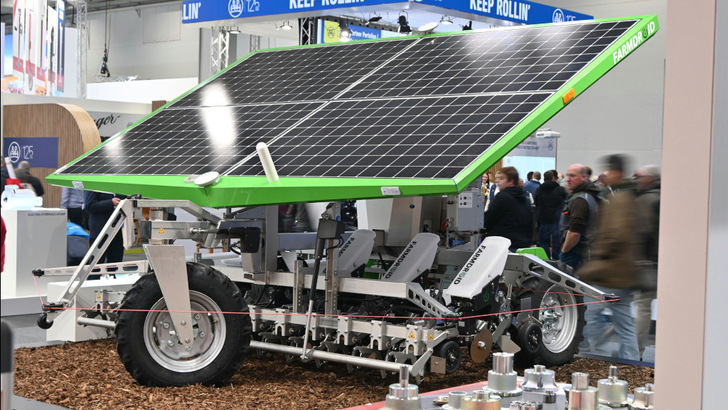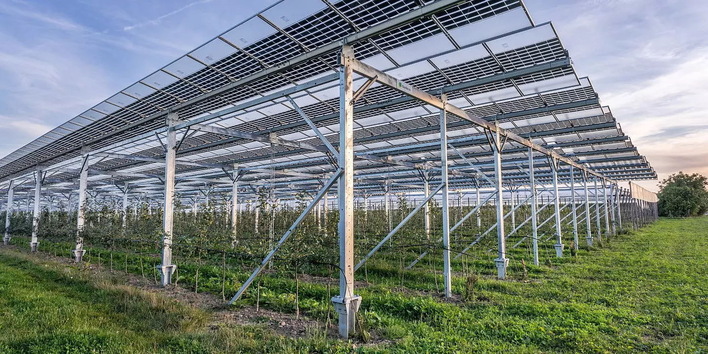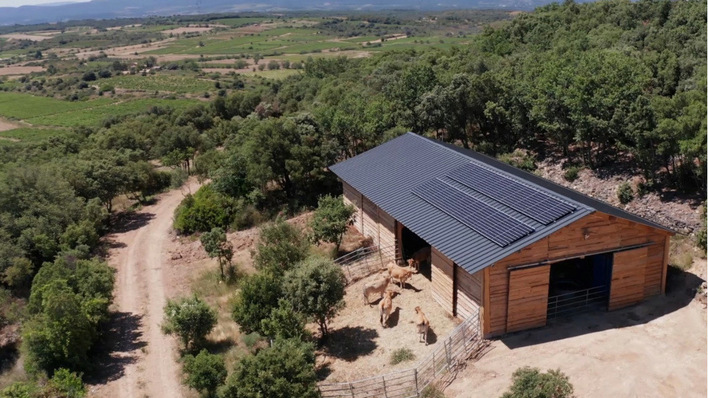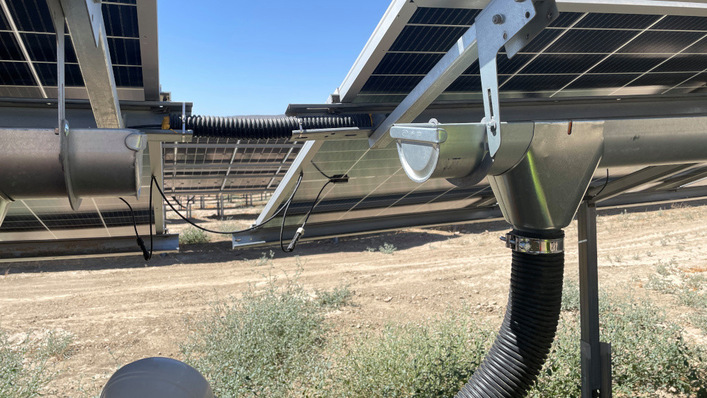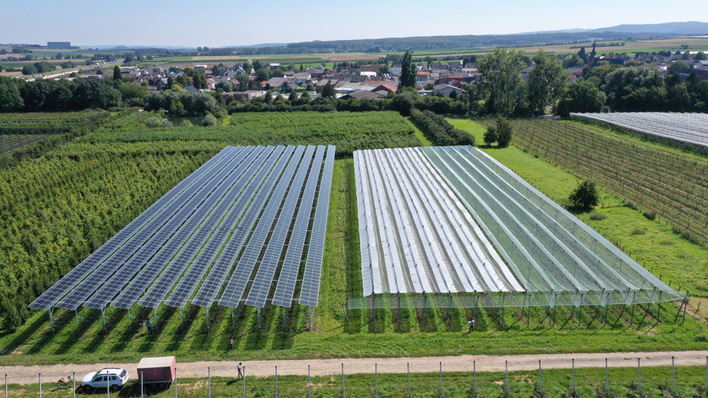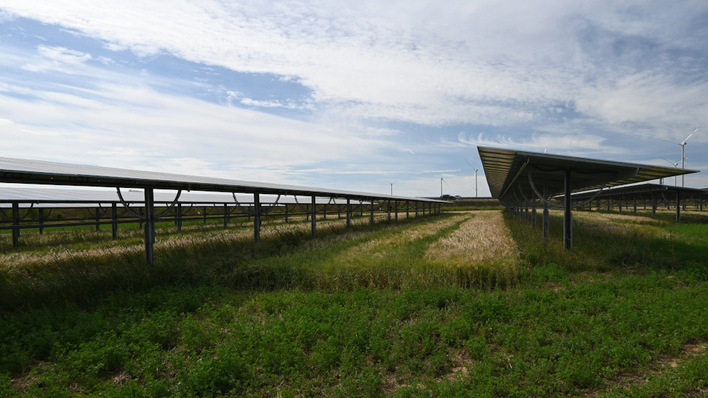At this year's Agritechnica, the leading trade fair for modern agriculture, many solutions for the additional utilisation of land for solar power production were on display. The future is also already in the starting blocks in the form of electromobility, which utilises the solar power produced directly on site.
Robots with solar panels
The Danish company Farmdroid is already one step ahead. The seed robot can easily be overlooked among the huge agricultural machinery in the various halls. However, it cannot be that inconspicuous to the trained eye of the solar editor. The large photovoltaic system on the droid really catches the eye. This is because the two small electric motors on the rear wheels of the Farmdroid - the Danish manufacturer's product of the same name - are powered exclusively by solar energy.
Self-sufficient on the road with solar power
Four solar modules are installed on the robot, which deliver a peak output of 1.6 kilowatts. Although the modules lie flat on the Farmdroid, they are still perfectly aligned with the sun. Nevertheless, the power they produce is sufficient to move the robot using only solar energy. Should the sun not shine sufficiently, the vehicle is still equipped with a battery storage system that can step in in such cases.
Self-sufficient in the field
According to the manufacturer, it is completely self-sufficient in the field for 18 to 24 hours a day. The farmer does not have to drive it back to the farm to recharge. It can therefore sow the seed and weed mechanically throughout the day at a speed of 950 metres per hour without any further intervention from the farmer. It can cover around 6.5 hectares per day.
All the farmer has to do is enter the GPS coordinates of the field and any obstacles beforehand and the robot - which is small compared to the huge machines that usually work the fields - gets to work on its own. This makes it part of the solar energy transition in the field and the real modernisation of agriculture in the future. (su/mfo)


